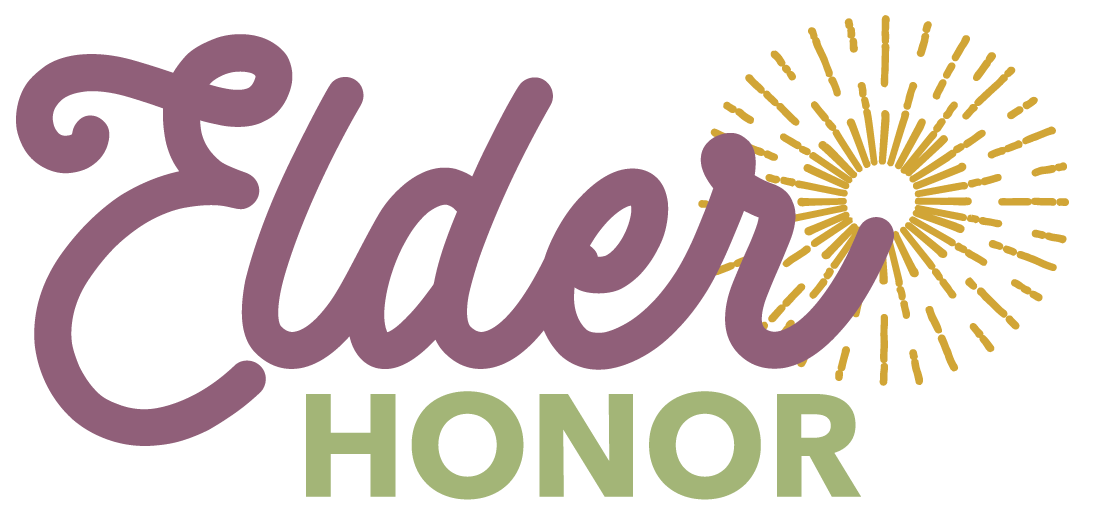When families share caregiving responsibilities for an aging parent, it can reduce stress, improve care quality, and maintain family harmony. But uneven caregiving roles often lead to burnout, guilt, and conflicts. Here’s how to organize caregiving effectively:
- Assess Needs: Identify your loved one’s medical, daily living, and emotional needs. Plan for future changes, especially if progressive conditions like dementia are involved.
- Evaluate Family Strengths: Consider each member’s availability, skills, finances, and comfort levels. Assign tasks based on strengths and proximity.
- Hold a Family Meeting: Set an agenda, encourage open communication, and use tools like shared calendars or task lists to clarify roles and responsibilities.
- Create a Care Plan: Break tasks into categories (medical, daily living, financial, administrative). Assign primary caregivers and backups for each role.
- Plan for Challenges: Address conflicts early, ensure transparency with finances, and prioritize caregiver self-care to prevent burnout.
[Read more…] about How to Divide Caregiving Roles Among Family







